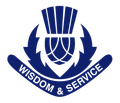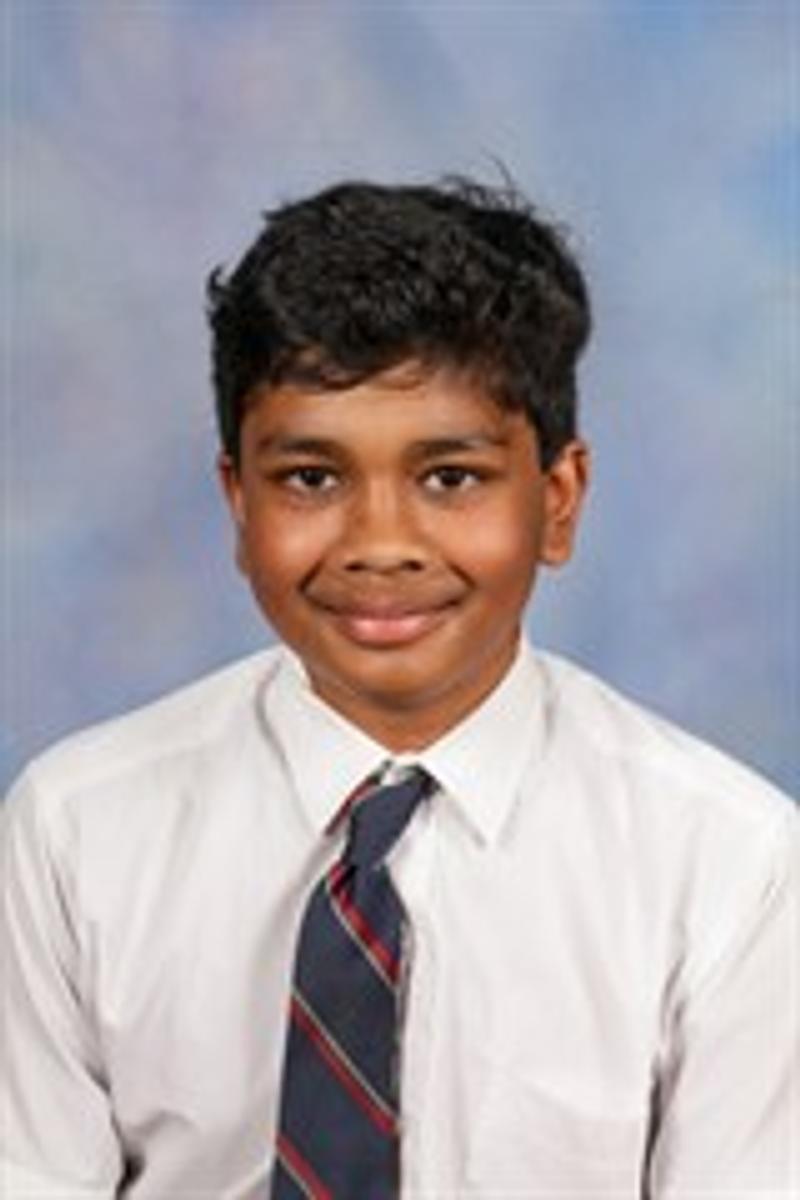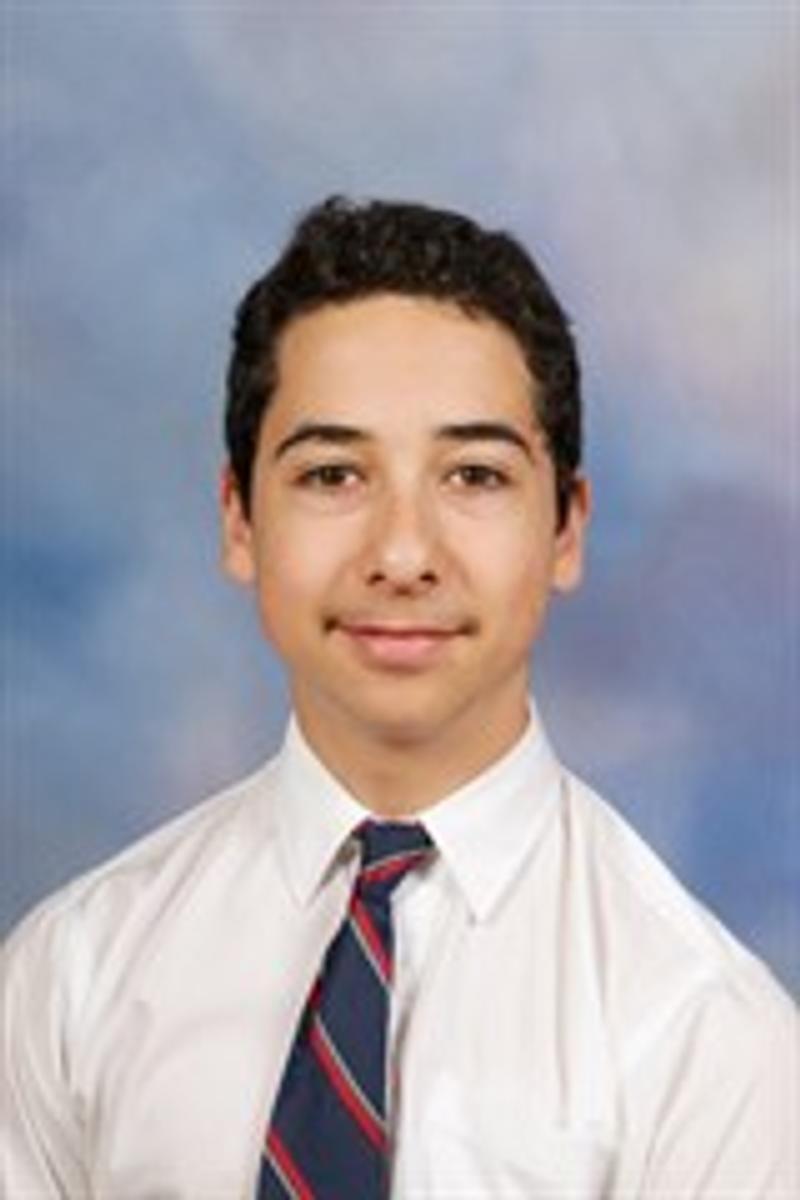SCIENCE

SCIENCE TALENT SEARCH
Bursary Winner: Dinesh Jayasena
The refresh rate of monitors and the impact it has on how fast images appear on a screen
Earlier in the year, the young scientists of McKinnon Secondary College embarked on an experimental adventure known as the Science Talent Search. More specifically, students of Year 9 were required to dive into a branch of science and devise an experiment which would be used to create a scientific report. For me, being someone fascinated by computers and its complex nature, I decided to look into the refresh rate of monitors and the impact it has on how fast images appear on a screen. After some thorough research and experimentation, I deduced that the refresh rate minimises the time between frames in a monitor causing images to be generated quicker.
Throughout Term 2, students frequently worked on their reports ensuring all aspects were completed to a reasonable standard. At the conclusion of the project, the reports of a few fortunate students were chosen to be submitted to the Science Talent Search where students either obtained a Certificate of Acknowledgement, a Merit, a Distinction or a Bursary award for their findings. In all, the nature of the project significantly built on my scientific capabilities and was certainly a memorable and interesting experience.
Bursary Winner: Lachlan Quiney
The hydrophilicity of thawed tofu as a result of variable periods of freezing
In May, ELMS students were required to produce an experimental report for the STS competition. My project examined how a thawed sample of tofu’s hydrophilicity (its ability to absorb water) was affected by a variable period of freezing. I chose this experiment because of my partiality to food science and my previous experience in this field. The experiment’s independent variable (the variable that I changed) was the amount of time each sample spent in the freezer.
The following figures show how many hours in the freezer each sample spent: A: 24 hours. B: 72 hours. C: 144 hours. D: 196 hours. E: 0 hours. The experiment’s dependent variable (what I measured) was the amount of water absorbed by each tofu sample. The experiment’s results demonstrated that freezing and thawing a piece of tofu can increase its hydrophilicity. However, the experiment’s results also suggested that freeze-thawed tofu could absorb only a capped amount of water; it couldn’t absorb an ever-increasing amount water, even if its freezing period was to be extended.
Distinction: Joshua Kuzmis
The effectiveness of several forms of hand washing on the development of colonies on agar plates.
For the preparation of my project, I investigated bacteria’s involvement in microbiology and completed detailed research into the effectiveness of several forms of hand washing. I then conducted an experiment over the duration of seven days, which enabled the development of bacterial colonies in Petri dishes, obtained from swabbing my assistant’s hands after each time they were contaminated and washed.
This involved testing antibacterial soap, regular soap, ethanol-based hand sanitizer, and isopropyl-based rubbing alcohol. Once the Petri dishes were contaminated with samples from my assistant’s washed hands, the number of colonies that grew were recorded after four days.
Additionally, the Petri dishes were photographed after a total of seven days, due to the limitations of camera quality capturing the colonies. After reporting the results into a table and bar graph, the data made me conclude that washing hands with antibacterial soap is the most effective hand cleaning method.
Therese Sweeney
Science Teacher
REMOTE LEARNING REFLECTION
Studying Physics during Semester 2 has been really enjoyable despite the fact that we haven't actually been in a Physics classroom yet. Learning about topics such as nuclear processes, astronomy, light and motion through a variety of online resources - from YouTube videos to virtual simulations - has made understanding new concepts simple, as well as making the learning experience lots of fun.
In saying that, missing out on the practical work has been a shame, but I'm looking forward to getting back into the classroom for our crash testing inquiry.
Otto Cox-Martino
Year 10 Physics Student



